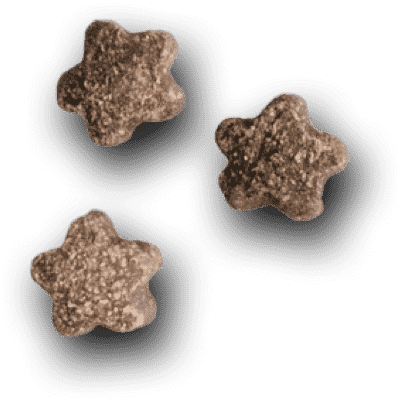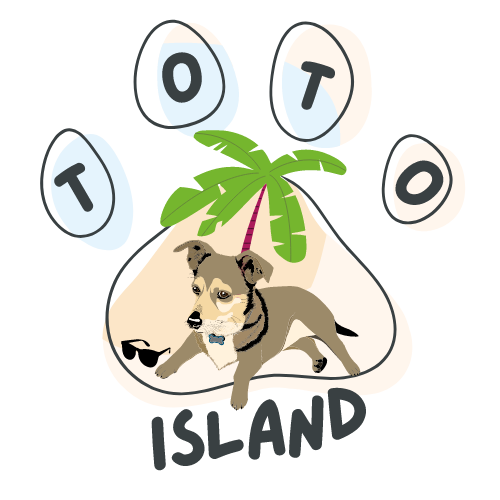DOG PHYSIOTHERAPY
HEALING MASSAGE
About Dog Physiotherapy
Prescribed by a doctor during the recovery from illness or surgery or for established illnesses that cannot be operated on but can be slowed or controlled with therapy.
Each disease is different…
- We may start by stimulating the nerve cells, and then hopefully follow up by loading the limb, or work to restore coordination.
- Sometimes we may need to focus on rebuilding muscles, strengthening tendons, and ligaments after knee surgery, but the goal is always the same: to restore normalcy after illness.
Even though the primary focus is always on a specific body part as diagnosed by the doctor, we also work on the whole-body area to avoid the compensations that may arise from the sick body part, e.g., caused by shifting the weight to the opposite side of the body.
Groups
Canine physiotherapy groups
There are 3 different methods of physiotherapy:

Passive mobilisation
In passive mobilization, patients are often unable to move independently. During the therapy, the focus is on stimulating the production of joint fluid to increase blood circulation, preserve joint flexibility, slow down muscle atrophy, prevent shortening of muscles and tendons, and treat resulting adhesions.
Passive movements are extremely important for dogs with complete paralysis, where the walking process consists of a series of spinal reflexes. Early therapy can help relearn walking, as dogs can walk from memory. Depending on the disease and condition, we utilize the locomotor system’s own function.

Stabilisation exercises
Stabilization exercises aim to strengthen the muscles, practice load phases, and improve coordination. The dog sits, lies, or stands in one position, and the therapist utilizes various techniques to adjust the amount of resistance. These exercises are typically performed on a flat surface, progressing to the use of different balance pads and other equipment until the dog achieves full recovery.
These playful exercises play a significant role in the pre- and post-operative phases of various operations, as they can help shorten the rehabilitation period and restore a good quality of life sooner.
Whether it’s patella surgery or dysplasia resulting from poor nutrition over the years, stabilization exercises are recommended by doctors after surgery or in the case of genetic disorders or pain. A gradual and consciously structured treatment will reduce the pain and assist the body in returning to its normal posture and movement.

Active movement
In active movement exercises, the dog takes an active role in performing the exercises. As a therapist, my role is to establish the correct trajectory, motivating and guiding the animal throughout the process.
The main objective of this method is to enhance muscle strength, actively mobilize the joints and spine, practice loading phases, and improve coordination. To achieve this, I utilize various specialized balancing equipment of diverse shapes and sizes, including stable and unstable surfaces, uneven terrain, and obstacles such as Airex mats, balance balls, slalom courses, fitballs, cones, and more.

Schedule an Appointment
Prior to first session, we must have written medical clearance from your Veterinarian.
Reviews
MY DOG NEEDS A DOG MASSEUR
How to spot when you need a dog musher!
- For her birthday 😊
- Before and after high-intensity sports
- Before and after longer and more stressful trips
- The first thing that may be immediately apparent when you notice any kind of musculoskeletal abnormality in your dog. In this case, please consult a vet before anything else, as there may be compensation in their movement due to internal organ disorders!
- Post-operatively or instead of surgery prescribed by a doctor: rehabilitation, exercise, treatment
If you notice any signs of musculoskeletal issues or need assistance with your dog's recovery, don't hesitate to seek the expertise of a dog musher! They can provide valuable care and support to ensure your dog's well-being.
Call me when the dog's behaviour is out of the ordinary:
Here are some specific signs and conditions to look out for:
- Mood swings and discouragement
- Slow metabolism
- Joint pain in old age or to prevent it
- Other pains
- Muscle atrophy and stiffness
- Limping, nodding, posterior droop, stiff neck posture
- Difficulty standing up, going up and down stairs, or jumping on and off sofas
- To accelerate the healing of scars, wounds, and stitches
- Bone fractures
- Injuries or strains to ligaments
- Gingivitis
- Hematoma
- Insomnia
If you notice anything else that seems abnormal or concerning with your dog's behavior or health, please let me know, and I will be in touch to discuss further and provide assistance.
Book an appointment for a dog massage
Address
24206 Harbour Vista Circle
Saint Augustine, Fl 32080
Follow
Phone
Request an Appointment
Pamper Your Pup with a Massage!
